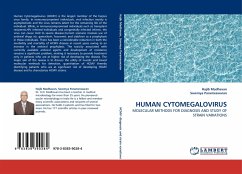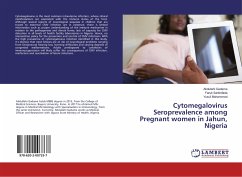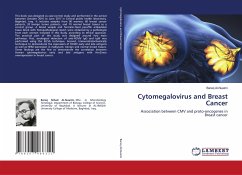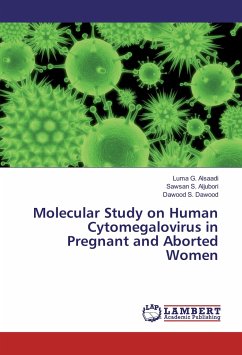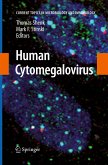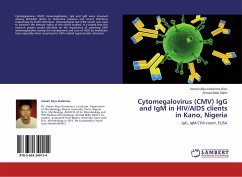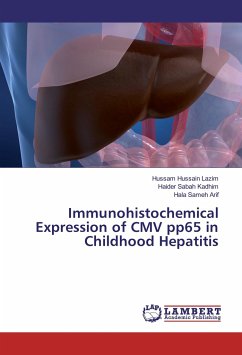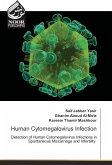Human Cytomegalovirus (HCMV) is the largest member of the herpes virus family. In immunocompetent individuals, viral infection mostly is asymptomatic and the virus remains latent for the remaining life of the individual. While, in immunocompromised individuals such as transplant recipients,HIV infected individuals and congenitally infected infants, the virus can cause mild to severe disease.Current scenario involves use of antiviral drugs viz. ganciclovir, foscarnet, and cidofovir as a prophylaxis in these individuals. There has been a considerable reduction in both the morbidity and mortality of HCMV disease in recent years owing to an increase in the antiviral prophylaxis. The toxicity associated with currently available antiviral agents and development of resistance remains a significant problem, making it necessary to provide treatment only in patients who are at higher risk of developing the disease. The major aim of the review is to discuss the utility of nucelic acid basedmolecular methods for detection, quantitation of HCMV thereby identifying patients who are at significant risk of developing HCMV disease and to characterize HCMV strains.
Bitte wählen Sie Ihr Anliegen aus.
Rechnungen
Retourenschein anfordern
Bestellstatus
Storno

